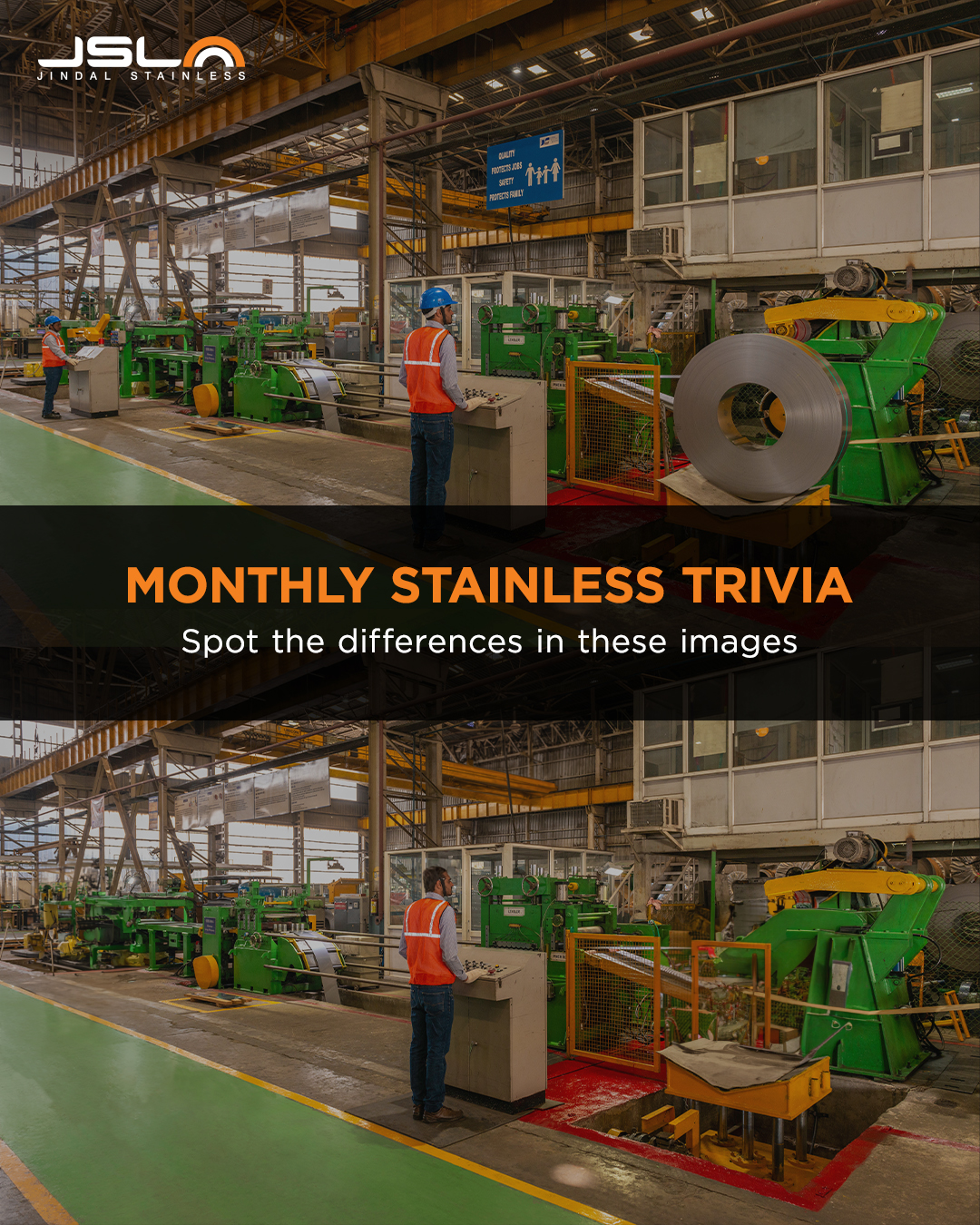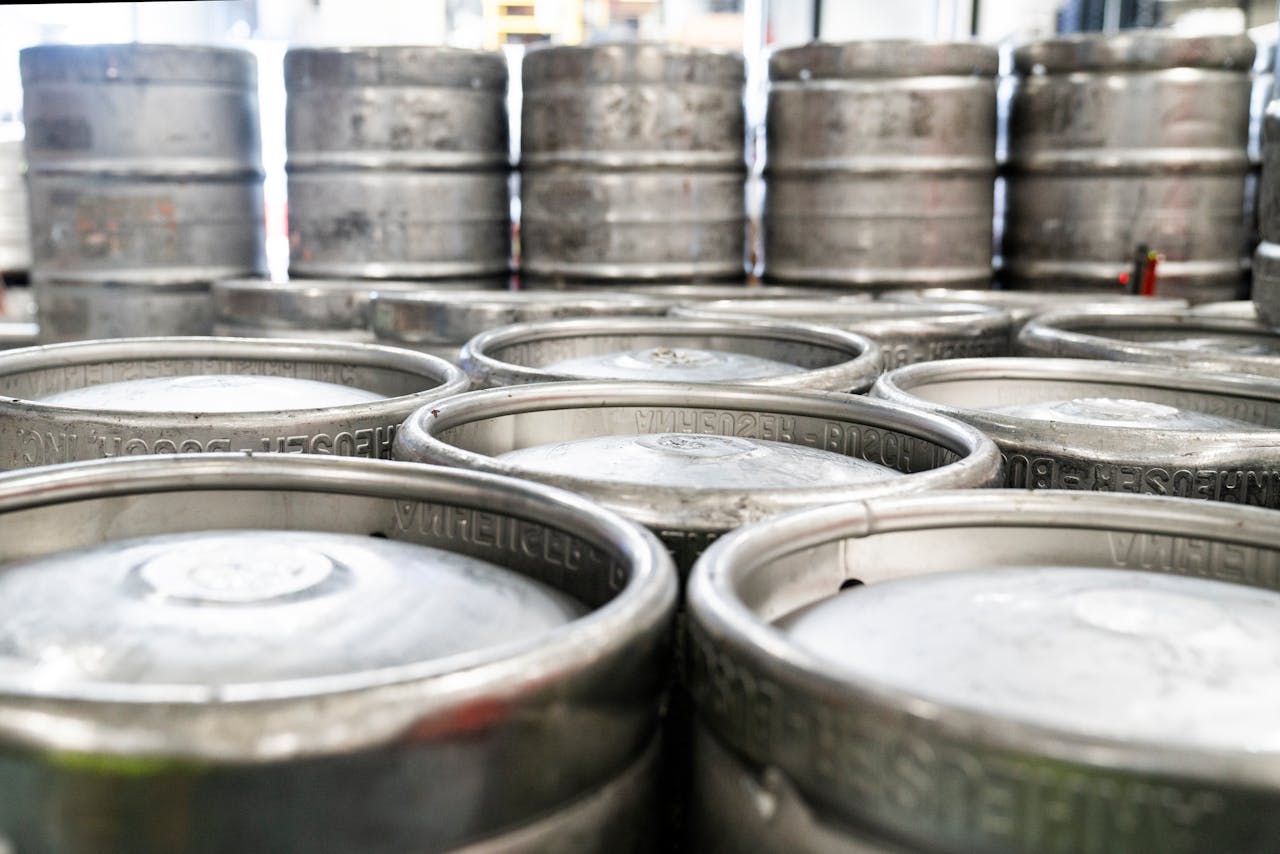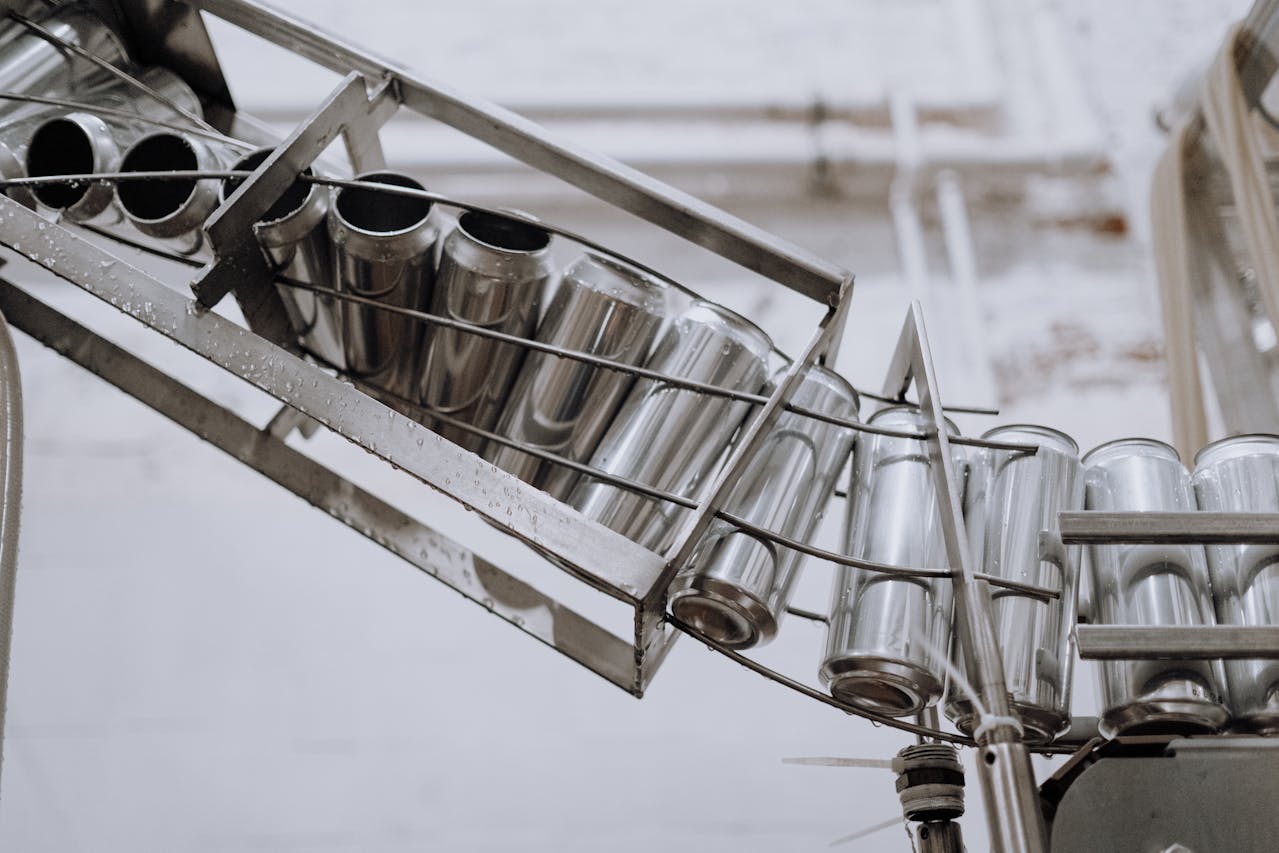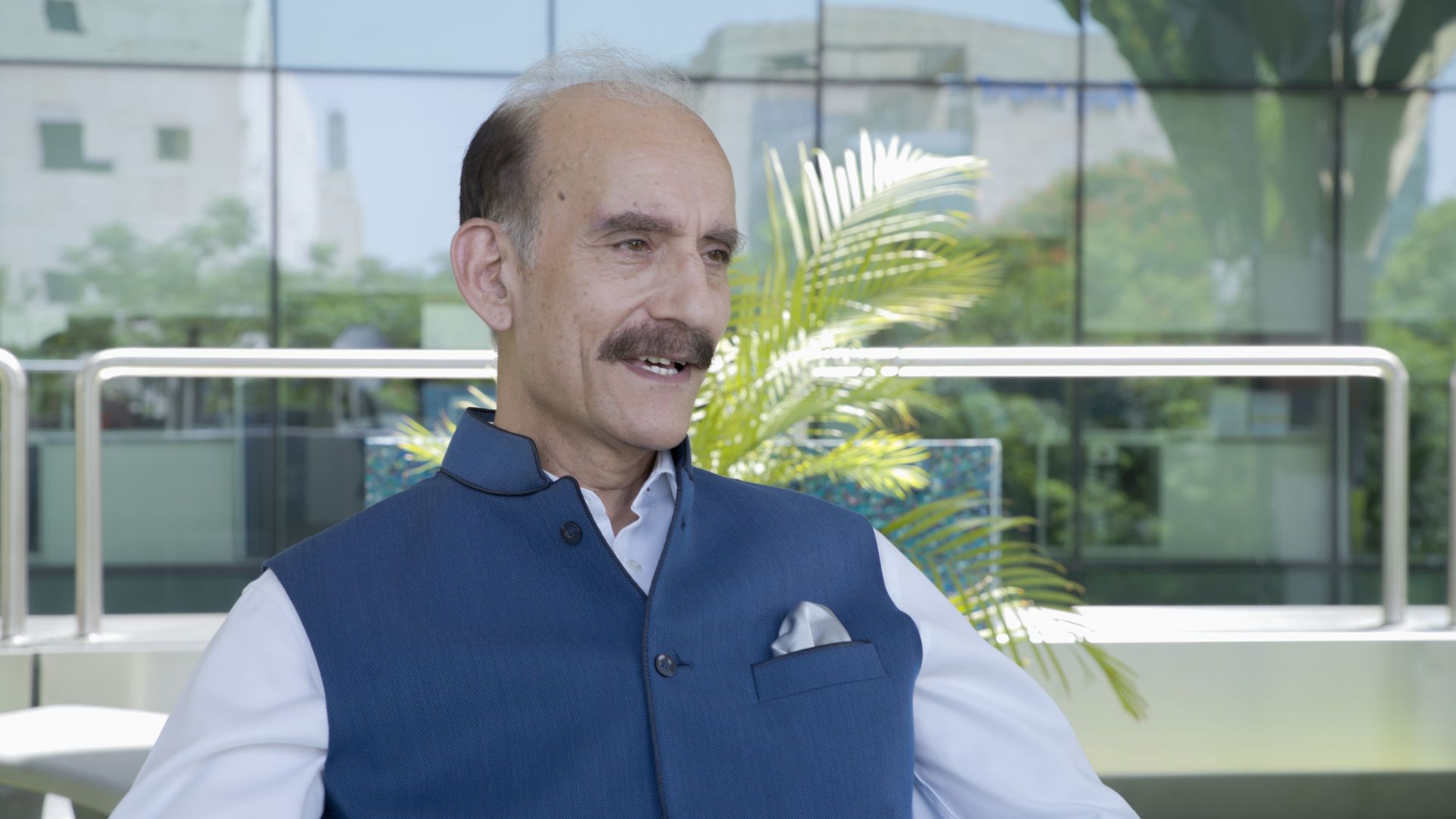Mr Richard Matheson
October 26, 2021
“If you’re in the nickel industry, you are in the stainless steel industry and vice-versa”.
Director, Market Development, Nickel Institute, Mr Richard Matheson grew up around nickel mines and plants in Australia. He’s today an expert voice to reckon with in the international arena of nickel and stainless steel. Mr Matheson has catalysed growth for nickel-containing products in diverse sectors across the globe, including concrete reinforcement, plumbing and civil engineering. A dreamer at heart, Richard mentions how he still carries his passion for aircraft and sailing in an exclusive interview with Stainless Post.

Nickel Institute, Mr Richard Matheson
Tell us about your journey?
I live in Brisbane, Australia. My father was an engineer who worked in the nickel industry. As a boy, I grew up around nickel plants and mines as they were a big part of my family. In those years, I was passionate for sports like cricket, field hockey, and sailing. I also dreamt of building and flying my own aircraft. Sailing continued as a passion later and interestingly, my knowledge of stainless steel has come in very handy.
In 1986, I received my bachelor’s degree from Monash University, Melbourne. In 1987, I started working for Queensland Nickel, a nickel mining and refining company in Australia. The nickel industry quickly introduced me to the stainless steel sector. During this time, I enjoyed working abroad in Germany and the United Kingdom, with brief periods in Indonesia, the Philippines, and New Caledonia. This variation allowed me to work in diverse geographies with common themes – markets in particular, regulatory developments and health science.
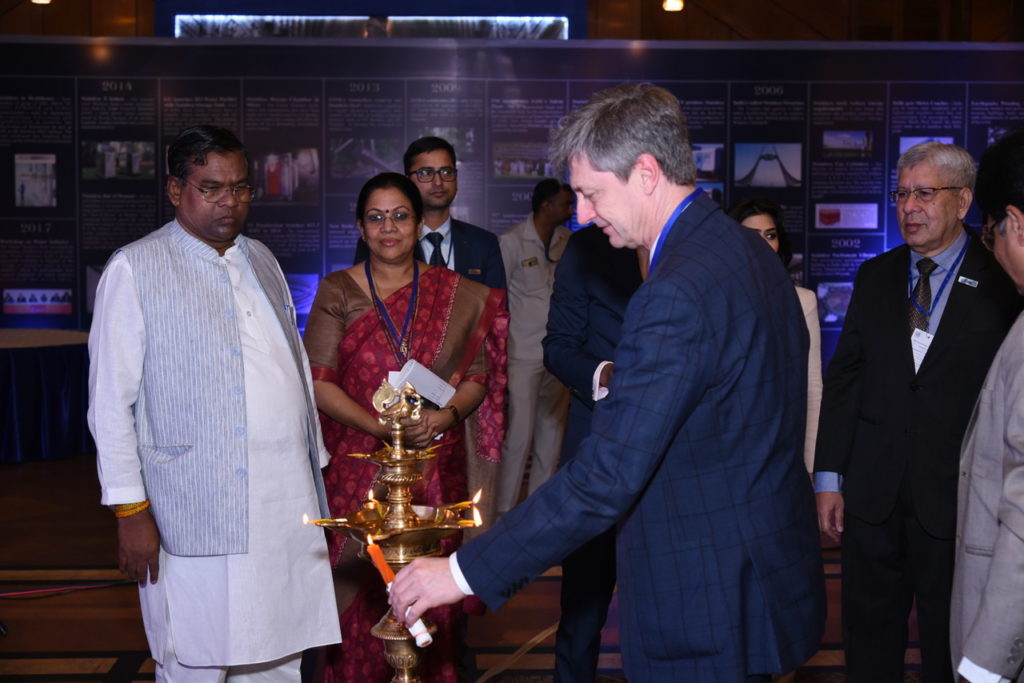
What is the story behind establishing ASSDA?
In 1990, the consulting business that I worked for had successful engagements in nickel-related projects and HPAL in Australia and South East Asia. This gave me the chance to closely work with the steel division of Broken Hill Proprietary (BHP), Australia. Here, I played a pivotal role in establishing and ultimately running the Australian Stainless Steel Development Association (ASSDA), a role that I maintained in one form or another for 25 years.
ASSDA was established as a training ground for understanding the global stainless steel industry. It was through ASSDA that I came to know of Jindal Stainless and the Indian Stainless Steel Development Association (ISSDA). This was when Mr NC Mathur (then President, ISSDA) visited ASSDA’s PacRim conference, and we got a chance to collaborate. I recall one of my many visits to India, where I was present for a discussion with several officers of the Indian Rail Authority on the potential applications of stainless steel in its rail network fleet. This was followed by the launch of the state-of-the-art Delhi metro network. This success has been followed by many others in India for JSL and ISSDA.
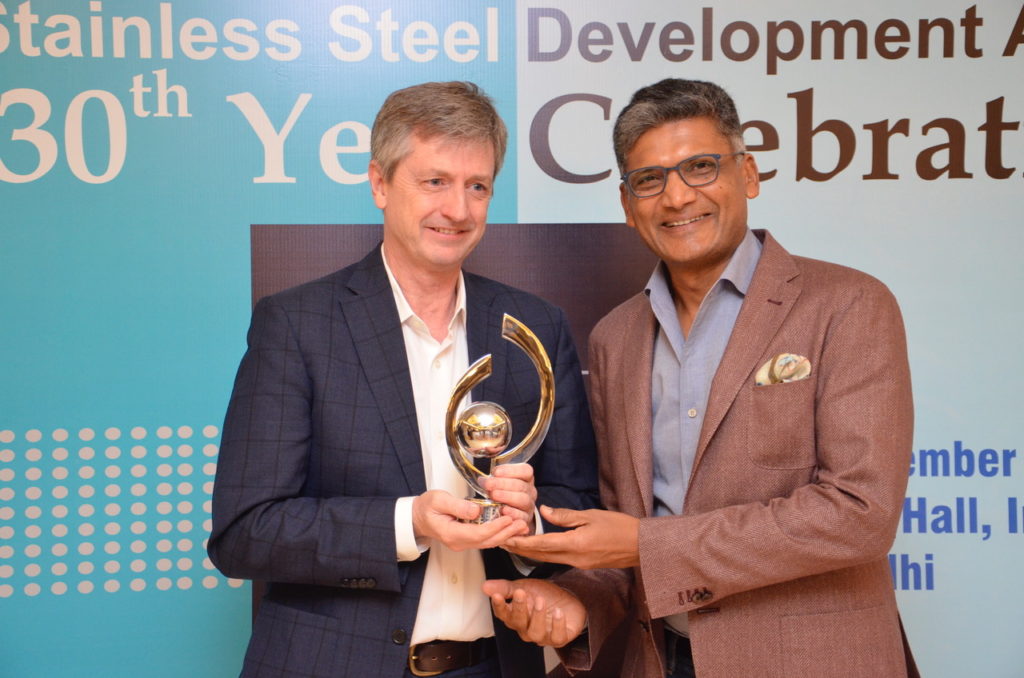
Tell us about the time when you started working with Nickel Institute (NI).
I first joined the Nickel Institute (NI, an amalgamation of the Nickel Development Institute (NiDI) and the Nickel Producers Environmental Research Association (NiPERA) in 2007 in a part time capacity. Back then, my role was to help facilitate engagement with the Australian government to support NI’s science and public policy activities. My experience seemed well suited as per the Institute’s requirement, and I joined on a permanent basis in 2012.
The Nickel Institute undertakes market development activities for nickel containing products. The largest sector it caters to is, of course, stainless steel. It engages globally to advocate for appropriate, proportionate and scientifically sound regulations. The Institute provides primary research on human and environmental health effects of nickel to support the market and regulatory activities of the industry. It also takes up broad and accurate communication of the benefits and characteristics of nickel. The Institute has offices around the world with Asia-specific market development and public policy activities.
NI’s close collaboration with ISSDA is a great example of collaborative development. Jindal Stainless has been instrumental for several of our milestones; in trains and reinforcing steel, dairy equipment, and architecture. The growth in Indian economy has also ballooned up opportunities for stainless steel. I look forward to further associate with the Indian stainless steel sector to work in the areas of flue gas desulphurization and clean energy, among others.
What is your assessment of the Indian stainless steel market?
India and stainless steel are both on a strong growth trajectory. Stainless steel’s properties align well with global megatrends for more buildings, energy, safe food, clean water, efficient transport, etc. India’s efforts to efficiently support urbanization and offer a higher standard of living provides tremendous opportunity for the metal.
In the West, we are now observing a rising need for significant investment in order to maintain infrastructure built after the Second World War. The Indian stainless steel industry is well-positioned to cater to this need by building durable and low life cycle cost structures. This way the industry can free up valuable resources for further investments, rather than maintenance. Moving India’s water supply to a reliable 24*7 platform with low leakage and high cleanliness is another opportunity. The addition of decarbonizing the energy sector on a global basis provides even greater stimulus for stainless steel with opportunities arising in solar, wind, geothermal, hydropower, hydrogen generation and use, and carbon capture along with others. Going forward, we will be asked to identify the employable carbon benefit from using stainless steel in order to stand out for newer applications. The recent CII award won by Jindal Stainless is a great example of this work the Indian stainless steel industry will need to support its claim for sustainability.
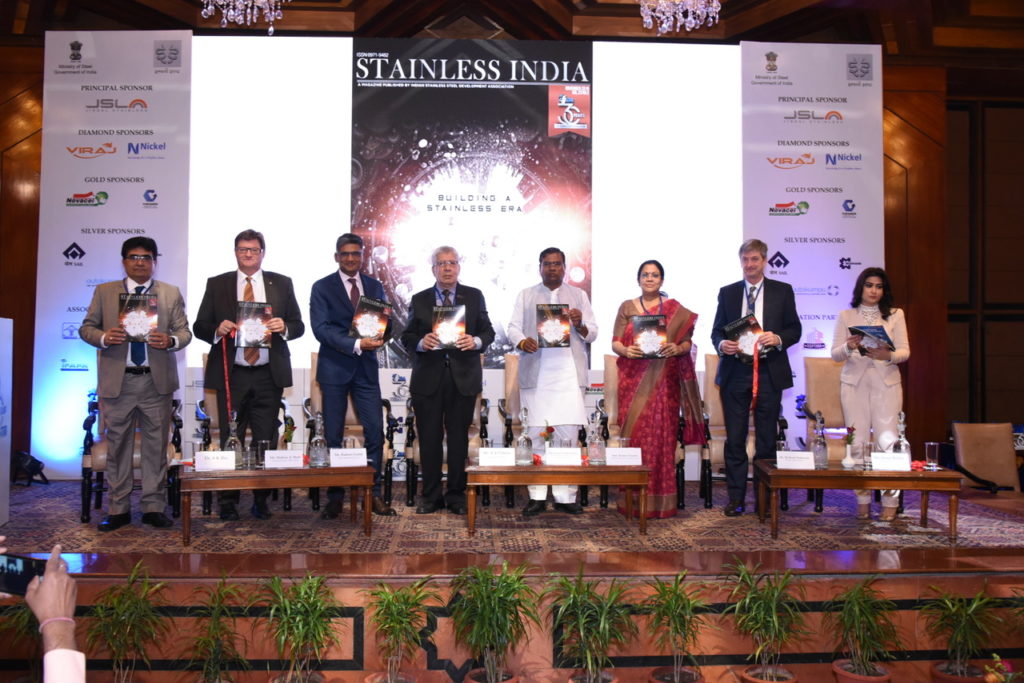
In your opinion, what sets Jindal Stainless apart?
Jindal Stainless has been an industry team player and a reliable ally of the Nickel Institute in Indian market development. The Company continues to support ISSDA’s and NI’s activities across a broad range of applications and issues. From architecture and art pieces to infrastructure, water piping and sanitation, Jindal Stainless has been a steadfast partner, understanding the market requirement and delivering assistance to secure current and future stainless steel applications in India. This is visible in the Company’s determination to redefine bridge structures.
Someone important once told me “If you’re in the nickel industry, you are in the stainless steel industry and vice-versa”, a statement that remains true today. Our participation with the Indian stainless steel industry has been special. I look forward to a long association with the Jindal Stainless in the future.
